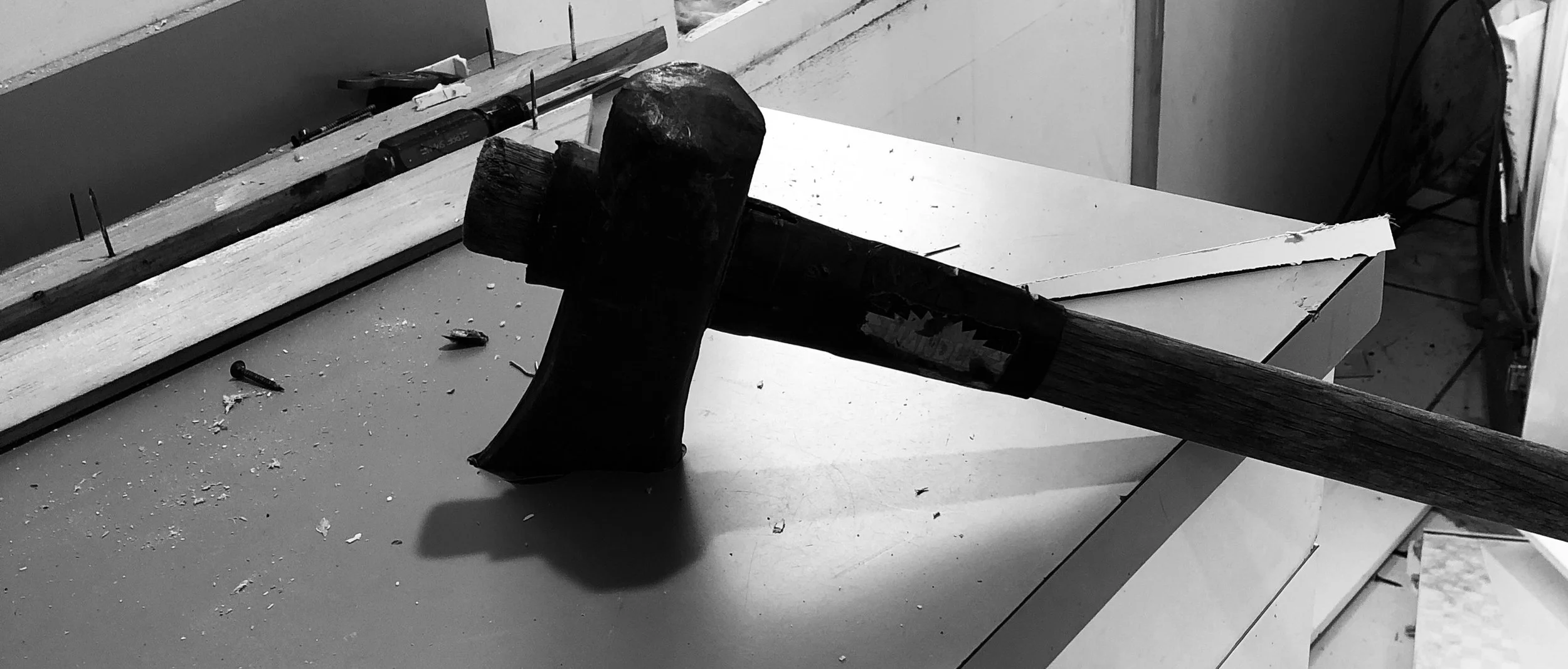Often when a company decides to launch a new version of a platform, they work really hard to preserve the user interface to keep everything familiar for existing customers. That sounds like a good goal, but it can be fraught with problems. A clean Version 2 will have the freedom to innovate across all areas of the platform, including user interface. Often, the interface is actually the problem that is limiting the further success of Version 1. As products mature, they get feature after feature added to their UI, and eventually it is just too bogged down with choices and screens and options to be usable.
I experienced an example of this phenomena first-hand in the form of a new BMW versus a new Tesla. BMW has a long history, and its interface has grown over the years. They have strived to maintain an interface that is familiar for repeat buyers. It was initially a clean interface, but over time it has been bogged down with baggage. The progression started with extra buttons on the dashboard. In time, they added similar buttons to the steering wheel. Then they added a joystick-like device on the console to manage all the features on a video screen. As more and more features were added, the menus on the video screen grew deeper and deeper, and it became less and less obvious where to look for the controls. More recently, they improved the video screen to be a touch screen, and they enabled all the same features from the joystick on the touch screen. Along the way, they added voice commands for the same features, but I don’t know anyone that is fluent enough speaking BMW to actually find all of the features. Most recently, they added Apple Carplay with Siri, but the two voice systems are overlapping, and not compatible. The result is a car with three or four or five different ways to do the same things. What a jumble of interfaces! By contrast, the Tesla has almost no buttons, and just a touch screen with limited depth of menus and a simple integrated set of voice commands (although I’m not sure anyone truly speaks the full Tesla vocabulary either).
One of my favorite sayings is “if you want to move forward, you have to pick up your back foot.” BMW is an example of an interface where they did not pick up their back foot and drop the old ways in favor of the new. They stayed rooted in the old and just layered on one after another duplicate controls. The result is a complex interface that is anything but ‘ultimate.’
We have to maintain a willingness to break with the past as we innovate, and not get trapped in the BMW cycle of layering on top of layering. As we invent new and creative ways to accomplish tasks, we have to be willing to pick up our back foot and let go of old ways. We have to embrace the new and remove the old. To keep it simple, we have to eliminate the complexity of too many options to achieve the same result and eliminate the tech-debt that is preventing us from building products to be what they are supposed to be.

